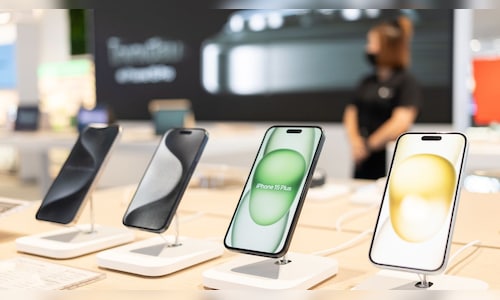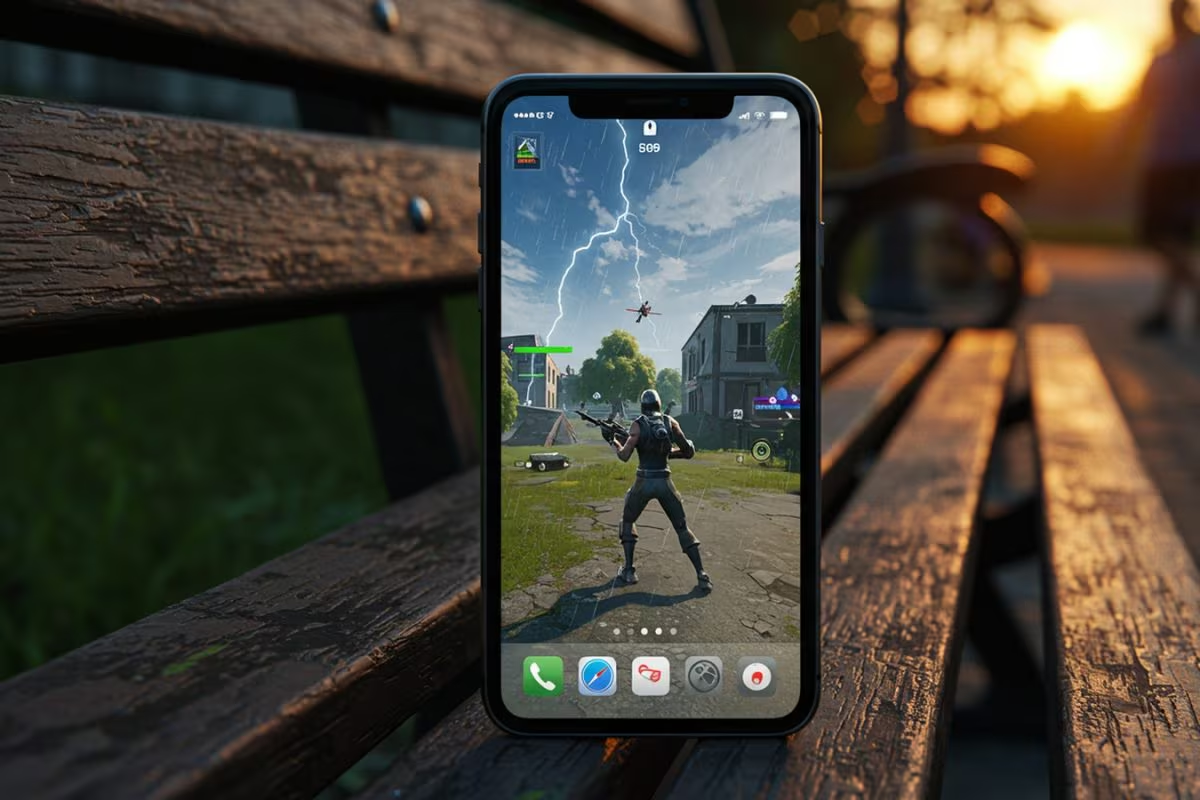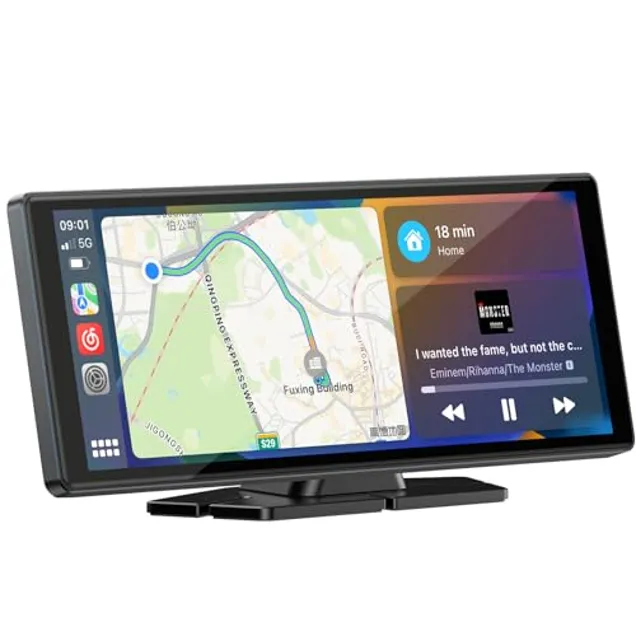At the much-anticipated Worldwide Developers Conference (WWDC) 2025, Apple has taken the wraps off iOS 26, signaling a new chapter in mobile design that may shape the look and feel of iPhones well into 2027. The latest operating system introduces a sweeping visual overhaul, dubbed the “Liquid Glass” interface, marking Apple’s most ambitious UI change since iOS 7.
According to Bloomberg’s Mark Gurman, who has been a reliable source for Apple insights, iOS 26 is not merely a collection of minor refinements. Instead, it represents a forward-looking step in design language, user interaction, and personalization — hinting at what the iPhone experience could be in the next two years.
Introducing the ‘Liquid Glass’ Interface
At the heart of iOS 26 lies its defining feature — the Liquid Glass interface. Unlike previous updates that focused on functionality or performance, this redesign goes deep into the aesthetic fabric of the operating system.
The interface features semi-transparent layers, fluid motion effects, and dynamic widgets that feel alive and responsive to both touch and environmental cues. For instance, the home screen tiles now subtly shift and reflect light based on how you tilt the phone — an evolution of Apple’s long-standing fascination with skeuomorphic realism and clean minimalism.
This visual revamp is not just about looking good; it’s a user-centered redesign, aiming to make the interface feel more intuitive, immersive, and personal.
A Preview of Future iPhones
Apple often uses software to foreshadow hardware. With iOS 26, the message is clear: future iPhones could be more about glass, curvature, and dynamic interfaces. Some analysts believe the OS has been tailored to adapt to next-gen flexible displays or edge-to-edge curved glass designs that are rumored to be in development for the iPhone 17 and beyond.
By teasing such a futuristic interface now, Apple is laying the groundwork for hardware changes in 2027, giving developers and users time to adapt to a new design paradigm. This alignment between hardware and software evolution has always been a strategic strength for the Cupertino giant.
Customization Meets AI
In addition to a visual makeover, iOS 26 makes a big leap in personalization through AI. Users can now customize their lock screens and home screens with smart layouts that adapt based on time of day, location, or even your calendar schedule.
For example, when you’re in a meeting, iOS 26 could automatically push up your notetaking apps, silence notifications, and switch to a dark, low-distraction interface. Apple’s new AI model, built into the OS, enables context-aware UI behavior without compromising on privacy.
The update also includes more custom widgets, deeper integration with Shortcuts, and smarter Siri responses powered by on-device learning.
Deeper Integration Across Apple Devices
iOS 26 isn’t operating in a vacuum — it’s part of Apple’s larger ecosystem strategy. The update brings tighter integration with visionOS, macOS 15, and iPadOS 19, offering a unified experience across iPhone, iPad, Mac, and even the Vision Pro headset.
For instance, users can seamlessly move tasks from iPhone to Mac or Vision Pro with a simple gesture. Notifications, app states, and even FaceTime calls now follow the user across devices, thanks to the new Apple Continuity Engine introduced in iOS 26.
Privacy Still a Priority
While iOS 26 embraces personalization and AI, Apple has doubled down on its privacy-first approach. New privacy dashboards give users complete transparency over what apps are accessing what data, and when.
With features like “AI Transparency Mode”, users can see exactly how Apple’s intelligence engine is making decisions — whether it’s recommending a song, rearranging a widget, or setting a focus mode.
End-to-end encryption remains standard, and developers will face stricter rules for data collection, especially if using Apple’s new API layers for customization and context-aware services.



